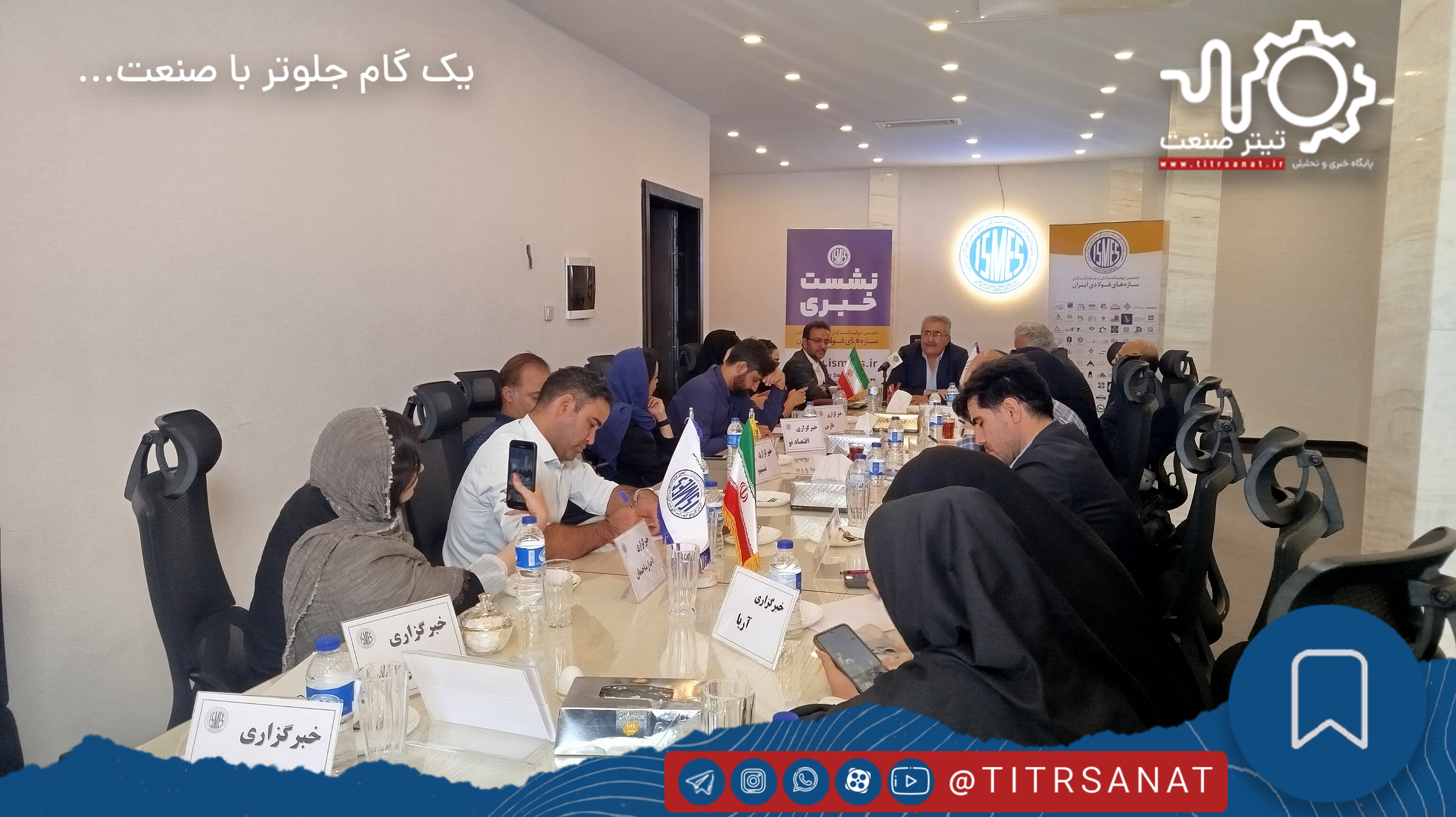According to Titrsanat, the digital economy has not only blurred the concepts of distance and borders, but has also created a new pathway for the expansion of trade, employment, and investment. In this landscape, Iran’s free trade zones must evolve from ‘limited physical territories’ into ‘digital and innovation hubs’—centers where technology-driven businesses, startups, fintech firms, and e-commerce platforms can thrive.
To achieve this transformation, three essential steps are required:
1- Establishing advanced communication infrastructure and providing high-speed access to international internet;
2- Developing transparent and supportive regulations for digital businesses;
3- Attracting joint investment with international technology companies.
Successful examples of such transformation can be seen in the Jebel Ali Free Zone in the UAE, the Shenzhen Special Economic Zone in China, and Dubai’s Digital Free Zone. These zones have succeeded in attracting millions of dollars in foreign investment and creating hundreds of knowledge-based jobs through the development of technology clusters.
In Iran, free trade zones such as Kish, Arvand, and Anzali can also become centers of innovation, digital exports, and smart commerce by harnessing their skilled workforce and proximity to regional markets.
There is no doubt that the future of free trade zones depends on their adaptation to the digital world. Any free zone that fails to align itself with technological progress will inevitably fall behind the global trade landscape. It is now time for Iran’s free trade zones to shift from a traditional economy to a digital economy and solidify their position in the new map of global trade.




















Comments